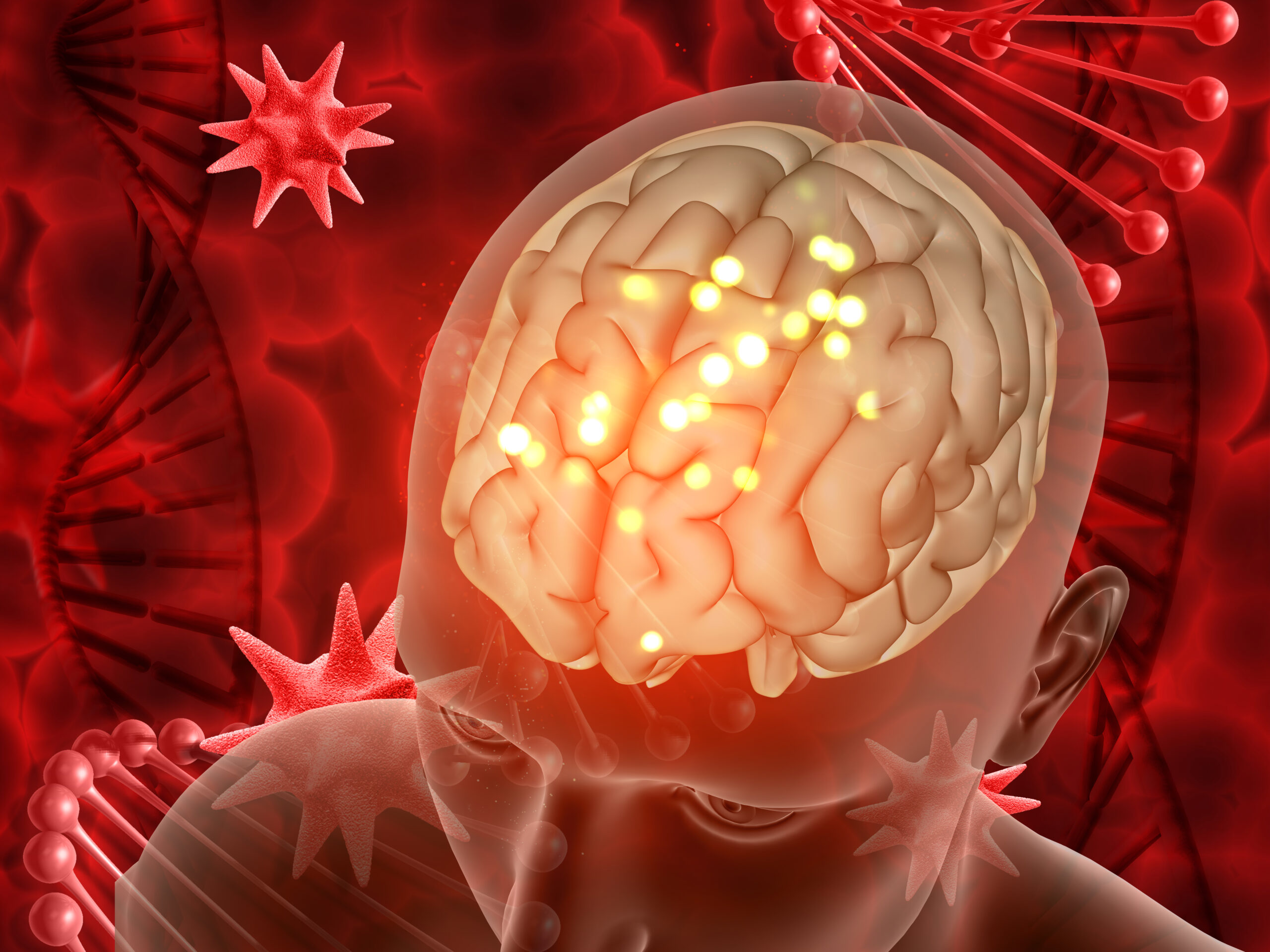The study focuses on enhancing the potential of human liver organoids (LOs) for modeling septic liver conditions by integrating innate immune cells, specifically resident macrophage Kupffer cells. The researchers developed a strategy to generate LOs containing Kupffer cells (KuLOs) by mimicking fetal liver hematopoiesis using human induced pluripotent stem cell (hiPSC)-derived erythro-myeloid progenitors (EMPs), which give rise to tissue-resident macrophages, along with hiPSC-derived LOs.
Remarkably, these LOs actively promote EMP hematopoiesis towards myeloid and erythroid lineages. The addition of macrophage colony-stimulating factor (M-CSF) is crucial for sustaining the hematopoietic population during KuLO establishment. When exposed to sepsis-like endotoxins, KuLOs exhibit significant dysfunction resembling the pathological characteristics of human septic livers. However, the study also observes notable functional recovery in KuLOs upon endotoxin elimination, accelerated by using a Toll-like receptor-4-directed endotoxin antagonist. Overall, the research provides a comprehensive framework for integrating hematopoietic cells into organoids, facilitating in-depth investigations into inflammation-mediated liver pathologies.
Keywords: Organoids, iPSC-derived, liver organoids, Sepsis, disease modeling




